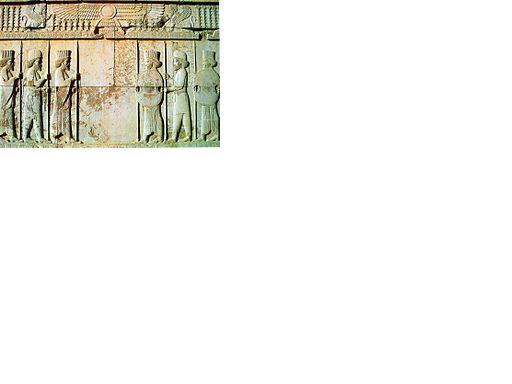Why The United
States will not leave Afghanistan
The flag of Afghanistan Afghanistan
Jomhūrī-ye Eslāmī-ye Afġānistān جمهوری اسلامی افغانستان
Above a 5th
century BC carving of Median and Achaemenid soldiers at a time when
the region was known as Aryana.
Darius the great mentions
the “Kabul Valley
The invasion
The 2001 invasion of Afghanistan by the United States of America Afghanistan
1997 Osama Ben Laden interview in Afghanistan
By
a Pakistani journalist
The invasion was solely
for security purposes. At that time the U.S.
had no knowledge of the existence of any natural resource in Afghanistan in significant amount to justify an
invasion, such as those that existed in Iraq
The discovery of minerals
Sometimes after the
invasion the United States Geological Survey (USGS) have found out that Afghanistan
In 2009 the USGS, by
using satellite imagery remote sensing, surveyed Afghanistan’s arid plains and
high mountains and also on-the ground fieldwork, under military cover, have
mapped Afghanistan’s deposits of critical mineral and found out that, beside
the existence of the ordinary minerals such as; gold, copper, iron, lead, zinc,
mercury, etc, there are rich reserve of “rare-earth elements”.
The usage of the rare-earth elements
The rare-earth elements
are used in high-tech industry such as; Scandium
in Aerospace; Yttrium in laser, TV,
computer, microwave etc; Lanthanum
in oil refining, hybrid car batteries; Cerium
in Catalytic converters, oil refining, glass lens production; Praseodymium
in aircraft engines, carbon arc lights; Neodymium
in computer hard drive, cell phone, high powered magnets.
There are rich deposits
of, at least fourteen other known, rare-earth elements in ragged mountains of Afghanistan Afghanistan
At the present time China Afghanistan ’s rare-earth elements become
marketable, it will put an end to China
Regional problems
Production in Northern Afghanistan , where the Taliban influence is
minimal, has already begun by Chinese and Indian companies. But most of the
deposits, specially the important rare-earth elements, are located in the
Southern region which is under the Taliban influence that at the present time
is not safe for investment.
Estimated income for Afghanistan
The experts believe
that when these resources come to full production, Afghanistan will become the Saudi Arabia of rare Earth elements. These resources will create, annually, billions
of dollars of revenue for the government and millions of jobs for the Afghans
that could put an end to the dependency of the nation to foreign aids and could,
tremendously, reduce the cultivation of the elicit opium.
For example; the value
of iron concentrated in Haji-Gak mountainous terrain near Kabul
is estimated at whopping $420 billion that could bring $300 million a year
revenue for the government of Afghanistan.
Conclusion
With above in mind the
United States presumably, while will pull out its combat troops as scheduled, has following
double edged interests in having political and economic presence in Afghanistan
for a very long time.
1-
To make sure that the
American companies will have the chance to get portion of the future contracts,
especially on the discovery and production of the rare-earth
elements. Chinese and Indians companies have already
signed long term contracts for the discovery and production of several types of ordinary minerals in Northern Afghanistan .
2-
The income from the
above resources will put an end to the U.S.
financial aid to Afghanistan
and also will reduce the dependency of the nation on cultivation of opium that is the source
of drug trafficking to the U.S.
In my opinion if the Talibans come to their senses, they will realize that the exploration of these natural resources will be a win/win situation which will pull Afghanistan out of poverty. But unfortunately that is a long-shot since Islamist are too fnatic and emotional not rational. That is why all countries with Islamic oriented culture are poor, backward, and so far behind the rest of the world.
It is your intellect that takes you to a prosperous status not your emotion or your religious belief.
When the day comes that Afghanistan will realize the income from those natural resources, if Afghan leaders are wise enough they will allocate a great portion of that income toward educational programs which is the best way to campaign against ignorance and religious fanaticism. In that sense Afghanistan has a long way to go.






No comments:
Post a Comment